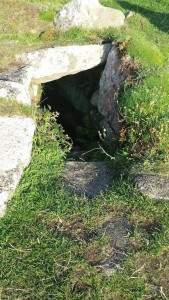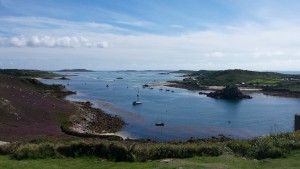Writing Far from the Spaceports got me thinking about the really important ingredients which are essential for life – the elements if you like, but in the classical sense rather than the modern chemical one. So over the next few blogs I’ll be thinking about water, air, food and so on, in both worlds which I write about. Today it is water.

In the ancient world, water governed life. Settlements needed a reliable local supply of water for human survival, plus whatever would be needed by animals and crops. Now, human beings are very resourceful, and found a multitude of ways to extend the natural supply. Wells and cisterns, aqueducts and piping: all of these and more were developed in the ancient world to get water from where it was, to where people needed it to be.
Rivers and oceans were viewed as homes of the gods, and springs, where fresh water appears as if by magic from the ground, have inspired both religious and superstitious feelings for many years.

But as well as that, water shaped the way people travelled and communicated. I have written before about how European settlement focused on rivers and coastlines, and this persisted right through until road and rail transport became faster and more reliable. Nowadays, even when water use has turned more towards leisure than survival, a great deal of bulk trade moves across water from origin to destination. Water still governs large parts of our lives.

What about the future I have sketched out in Far from the Spaceports? Water will continue to be essential for life, of course – at birth our bodies are over 75% water, dropping to around 60% in adult life. And although at first sight, running water is conspicuous by its absence in space, in various forms water has turned up all over the place. Years ago, Buzz Aldrin wrote about how ice deposits in shadowed areas of the Moon’s south pole could be used to support a human outpost there, and although we have yet to build anything there, the water is certainly waiting for us.

The Mars Curiosity rover has continued to send back evidence that water once flowed on Mars, though of course it does so no longer. Finding out where this water has gone, and whether any of it is still accessible, are major open issues.

Perhaps most exciting has been the discovery of how water and ice continue to shape some of the many moons in the outer solar system, keeping alive hopes that some kind of primitive life might inhabit places there. Enceladus, one of the moons of Saturn, seems to have a liquid ocean buried beneath an icy surface, and the water bursts through in the form of geysers near the south pole.
So water will continue to govern people’s investigation of the solar system. Quite when there will be actual settlements on the various bodies in the way described in Far from the Spaceports is an open question. As and when it does, water will continue to be a key resource for us.

Interesting – thanks for sharing